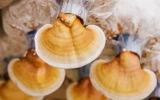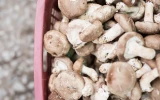Monotub vs. BRF Cakes: Pros & Cons for Beginners Explained
Are you unsure whether to start with BRF cakes or monotubs for your mushroom cultivation journey? We've compared the pros and cons of each method, specifically focusing on what's best for beginners. By the end of this article, you'll know which method is the most suitable for your needs.
The monotub method produces higher yields, is easily scalable, and offers manageable moisture control. But it may require more attention to humidity control, and more knowledge and skills. BRF cakes, conversely, offers low cost, accessibility, and simple setup. But it delivers lower yields, can be labor-intensive, and is difficult to scale.
Now that we've set the stage, it's time to explore the details of the pros and cons of each method. So stick around, grab your favorite spores, and let's dive right into the world of mushroom cultivation.
Summary
- Monotubs are praised for their simplicity and low maintenance, which is ideal if you don't have time to attend to your mushrooms.
- BRF cakes are well-known for their beginner-friendly nature, and many mycology enthusiasts experience success with this method, although the process may require more attention through misting and fanning.
- Mushroom cultivation is a learning process, so don't hesitate to experiment and discover the method that suits you best—whether it's BRF cakes, monotubs, or a combination of both.
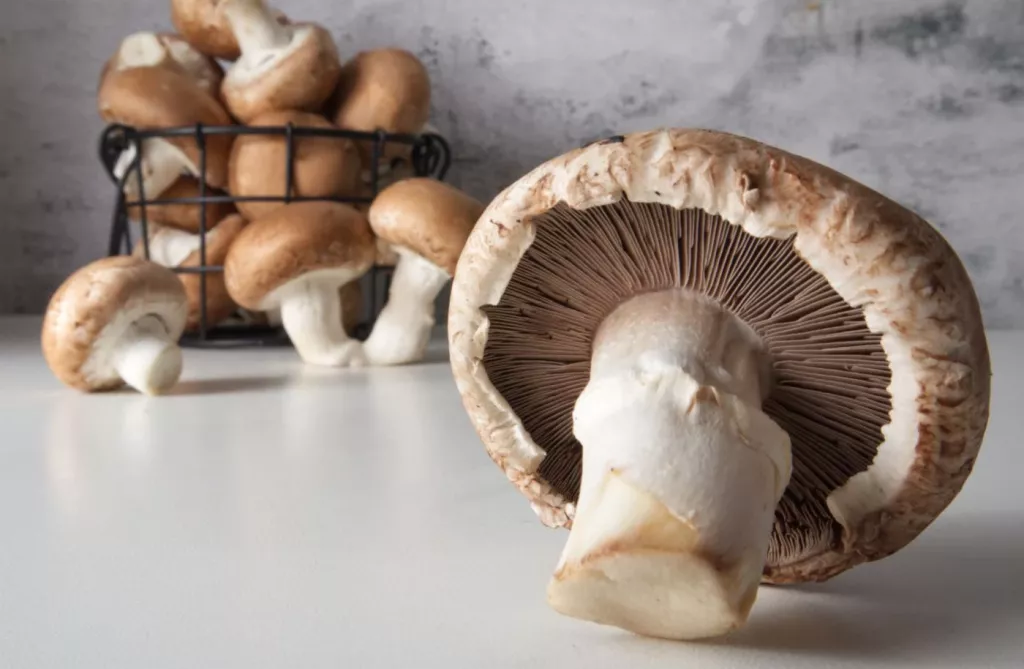
On this page:
Pros and Cons of Monotub and BRF Cakes
Both BRF cakes and monotubs have a loyal fan base for a variety of reasons. But before we dive into the nitty-gritty details of each method, let's get acquainted with their general features. It's also important to take note of your personal preferences and the amount of time you can dedicate to your mushroom cultivation.
BRF cakes involve mixing brown rice flour with vermiculite and water to form small cakes. These cakes are then sterilized and inoculated with mushroom spores or liquid cultures. On the other hand, monotubs are containers filled with layers of bulk substrate and mushroom spawn that promote faster colonization and potentially higher yields compared to BRF cakes.
Both methods have their own unique set of advantages, and no one answer fits all. So it's important to weigh the pros and cons of the two methods to determine which one is right for your needs and skill level.
Monotub method produces higher yields but requires more skills
The monotub method involves combining your inoculated cakes or grains with a bulk substrate in a larger container, often referred to as a "monotub."
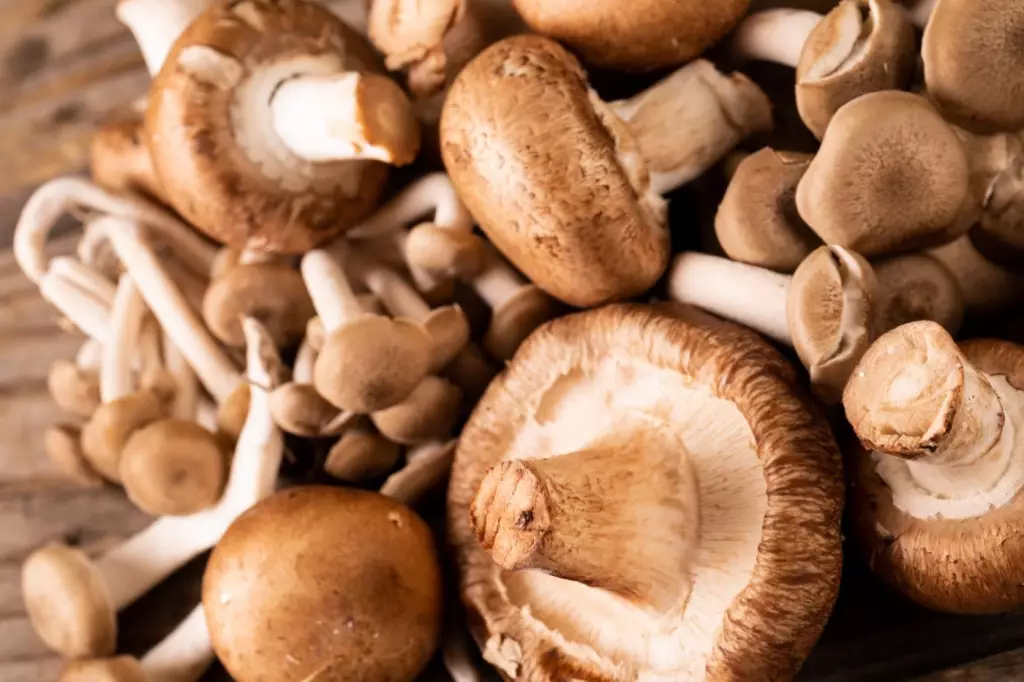
Pros of monotub method
-
One significant advantage of the monotub method is the potential for higher yields compared to traditional BRF cakes. By using a bulk substrate like coco coir, you provide an excellent environment for your mushroom colony to flourish.
-
Another pro of this method is its ease of scalability. With monotubs, you can simply increase the size of your tub or use multiple tubs to accommodate more substrate and inoculated material, thus producing a larger harvest in one go.
-
Finally, monotub users often report more manageable moisture control within the tub, as the larger container provides a consistent microclimate for your fungi friends. Your mushrooms will love it.
Cons of monotub method
While the monotub method has its perks, it also comes with its own set of challenges.
-
One potential drawback is that the larger surface area may require more attention to fresh air exchange (FAE) and humidity control. You'll have to be diligent in providing proper conditions for your mushrooms.
-
Using cakes with this method may lead to some difficulty in creating an even substrate layer. Smaller chunks of BRF cake can form pockets, causing the casing to sink. To avoid this issue, place the larger chunks first and fill in the gaps with the remaining crumbles.
-
Monotubs can be a bit more daunting for beginners, as they require more knowledge and skills than BRF cake setups. However, with patience and enthusiasm, you too can become a monotub mushroom maestro.
BRF cakes offers a simple setup but requires more hands-on care
In this section, we will discuss the pros and cons of BRF cakes to help you make an informed decision about which method is right for you.
Pros of BRF cakes
Here are several benefits to using BRF cakes in your mushroom cultivation journey:
-
Low cost and accessibility: BRF cakes are an affordable option for beginners since the materials required are relatively inexpensive and easy to find.
-
Simple setup: Setting up BRF cakes is a straightforward process that doesn't require extensive knowledge or experience in mushroom cultivation.
-
Effective learning tool: By starting with BRF cakes, you'll have the opportunity to learn the basics of mushroom growing and familiarize yourself with the process before tackling more advanced techniques.
Cons of BRF cakes

While there are advantages to using BRF cakes, there are also a few drawbacks:
-
Lower yields: BRF cakes typically produce lower yields compared to the monotub method. If you're looking to maximize your harvest, BRF cakes might not be the best choice.
-
Manual care: BRF cakes require more hands-on care, including regular misting and fanning. This can be labor-intensive and time-consuming, especially if you're planning a larger grow.
-
Less scalable: The BRF cake method may not be the best option if you're looking to scale up your mushroom cultivation efforts, as it can be difficult to manage large numbers of cakes and maintain ideal growing conditions for each one.
Choosing the Right Technique to Grow Your Shrooms
After weighing the pros of cons of monotub and BRF, let's now dive into some factors that could influence your decision, such as space, budget, and time investment.
Space considerations for your set-up
One of the first things to evaluate is the space you have available for your setup. Depending on your living situation, you might be working with limited room.
Monotubs can be large and require more space. However, they can produce greater yields. BRF cakes, on the other hand, can be grown in smaller containers, offering a more compact setup.
If space is a concern, you might want to start with BRF cakes to get the hang of things before moving on to monotubs.
Consider budget constraints
Starting a new hobby can sometimes be very expensive. If you want to keep an eye on costs, fortunately, both monotubs and BRF cakes can suit various budgets.
BRF cakes typically have lower initial costs, as you can purchase all the necessary supplies at an affordable price. With monotubs, the initial investment may be higher, including larger containers and materials for bulk substrates.
It's important to consider the ongoing costs as well. Monotubs generally produce larger yields, which may offset the higher initial investment over time.
Your time investment for the growing experience
Time is a precious commodity, and it's essential to pick a method that aligns with your availability and patience levels.
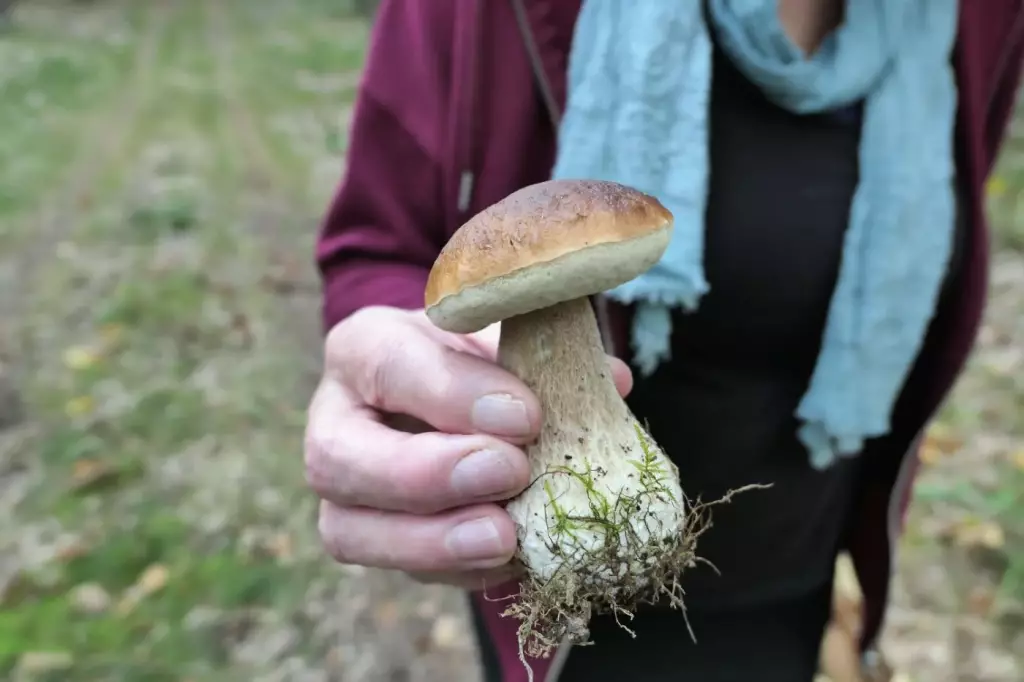
BRF cakes tend to colonize faster due to their smaller size and surface area, allowing for quicker harvests. However, monotubs might take longer to colonize but offer more substantial yields once they start fruiting.
Think about how much time you're willing to invest and how often you want to harvest. If you prefer quick results with smaller yields, BRF cakes might be the way to go. But if you're patient and want larger yields per cycle, monotubs could be worth the wait.
